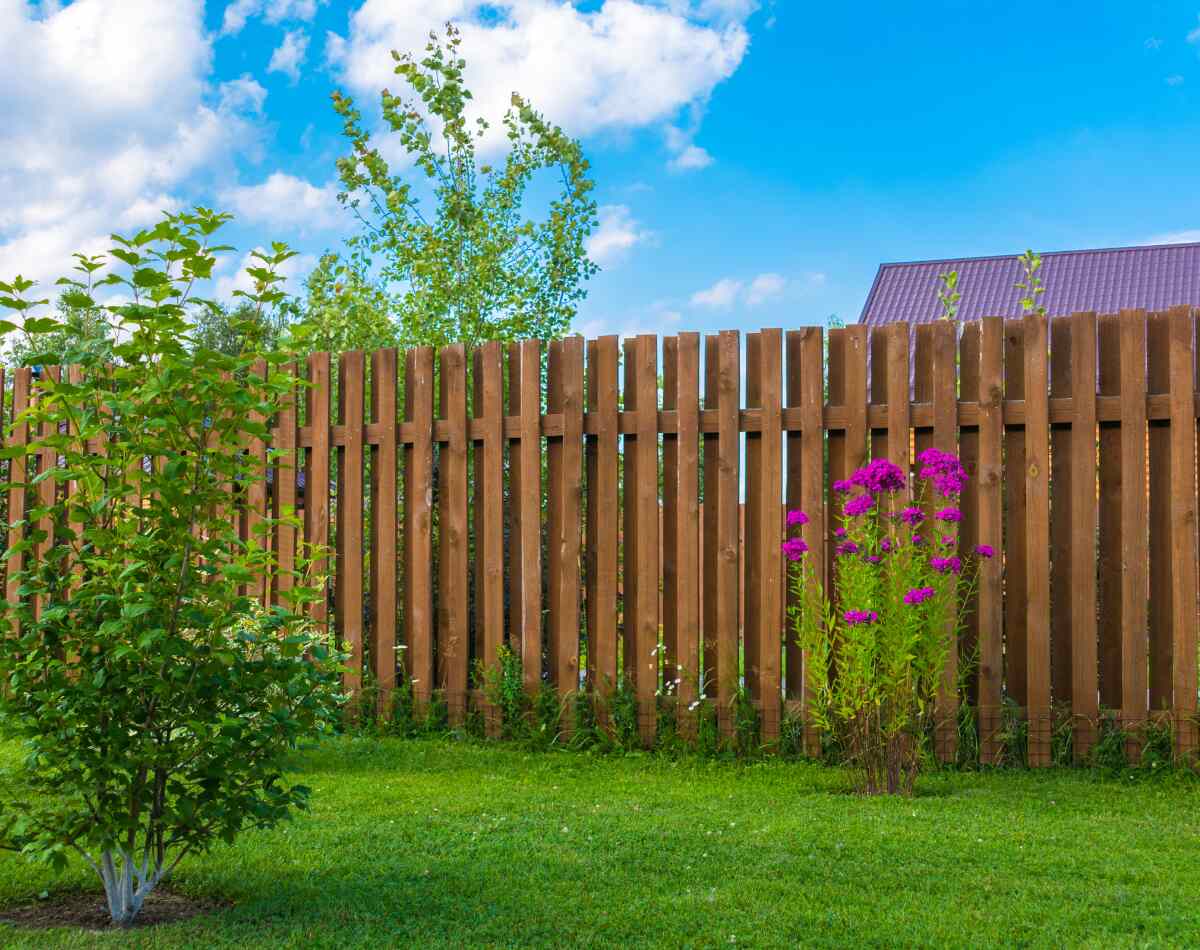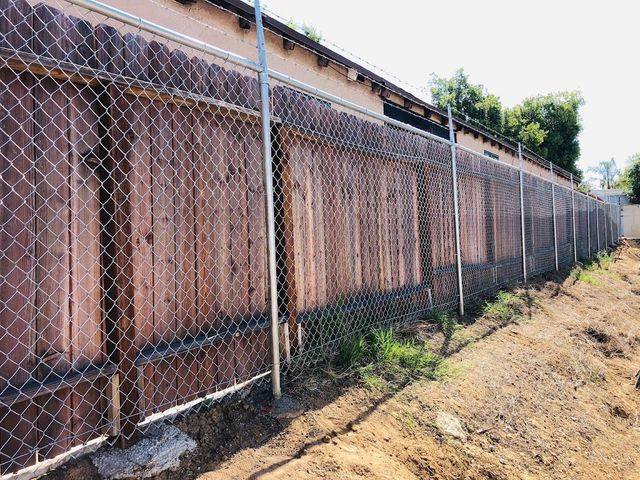Featured
Mounting a fencing is an outstanding means to improve your residential property's looks, safety and security, and personal privacy. Below's a thorough guide to preparing your property for a fence installation.
You should additionally examine for below ground utilities, such as water, gas, and electrical lines, to stay clear of damaging them during the installation process. The majority of regional utilities use a "call-before-you-dig" solution, where they will note the place of energy lines on your residential or commercial property.
![]()
Your contractor will certainly additionally help establish the height of the fencing and any special attributes, such as entrances or decorative accents. Understanding your goals for the fence will certainly guarantee the final product fulfills your needs.
![]()
Final thought. Proper prep work is essential to an effective fencing setup. By understanding neighborhood policies, noting property lines, removing the setup area, making sure tools accessibility, finalizing the style and products, and educating your neighbors, you can set your project up for success. Taking the time to prepare your residential or commercial property ensures that the installment process is smooth, effective, and leads to a fence that enhances your property's worth and security.
- Understand Regional Laws and Permits. Several towns need homeowners to apply for a license before mounting a fencing, especially if the fence exceeds a certain elevation. Regulations might additionally dictate the kind of product you can make use of, the place of the fencing (whether it's in the front backyard or along a residential property line), and the elevation limitations for fencings.
- Mark Your Property Lines. It's necessary to know the specific boundaries of your property prior to starting the fence installation. Several fencing installment specialists additionally use property line noting services.
- Clear the Installation Location. A huge part of preparing your residential property for a fence installment is getting rid of the setup area. This involves eliminating any type of trees, shrubs, rocks, or debris that might obstruct the fencing installation. Overgrown plants, particularly, can make the installment process challenging and more taxing, so it is very important to cut down any kind of plants or foliage prior to the job begins. In addition, you must remove any type of existing fencings, old articles, or frameworks that remain in the means. Clearing up the area in breakthrough enables your service provider to work efficiently and assists maintain prices down.
You should additionally examine for below ground utilities, such as water, gas, and electrical lines, to stay clear of damaging them during the installation process. The majority of regional utilities use a "call-before-you-dig" solution, where they will note the place of energy lines on your residential or commercial property.
- Plan for Devices Access. The installation of a fencing will likely need hefty machinery, such as trucks for carrying products and tools for excavating holes. It's important to guarantee that there is easy access to your home for this devices. If your home has a narrow driveway or minimal access factors, inform your service provider ahead of time so they can prepare the most effective course for shipment and installation. Clear any challenges, such as vehicles, that may remain in the means, and make sure the service provider has sufficient room to work without disturbance.

- Complete Your Fencing Design and Materials. The following action is to wrap up the layout and material selections for your fencing. Think about the purpose of your fencing-- whether it's for privacy, security, decor, or just noting boundaries. Review your choices with the contractor to figure out which product is finest suited for your requirements. Typical secure fencing materials consist of wood, vinyl, chain-link, and aluminum, each offering distinct benefits.
Your contractor will certainly additionally help establish the height of the fencing and any special attributes, such as entrances or decorative accents. Understanding your goals for the fence will certainly guarantee the final product fulfills your needs.
- Inform Your Next-door neighbors. If your fencing will be installed along a shared residential property line, it's polite to inform your neighbors ahead of time. While you don't need your next-door neighbors' approval to set up a fence on your residential or commercial property, keeping them in the loophole is an excellent means to maintain good relations.
- Prepare for Post-Installation Upkeep. As soon as your fencing is mounted, it will certainly need regular maintenance to keep it in great problem. Depending upon the kind of material, you may need to paint or tarnish the wood, tidy plastic or light weight aluminum, or use safety coatings to stop rust. Guarantee you have a strategy for recurring upkeep and inspections to catch any problems early. Routine maintenance will certainly make certain that your fence stays practical and cosmetically pleasing for several years.

Final thought. Proper prep work is essential to an effective fencing setup. By understanding neighborhood policies, noting property lines, removing the setup area, making sure tools accessibility, finalizing the style and products, and educating your neighbors, you can set your project up for success. Taking the time to prepare your residential or commercial property ensures that the installment process is smooth, effective, and leads to a fence that enhances your property's worth and security.
Latest Posts
Experience the Style of Wood Flooring with Carpet Interiors Floor & Home
Published Apr 21, 25
1 min read
Exactly How We Make Flooring Easy at Carpet Interiors Floor & Home
Published Apr 21, 25
1 min read
Learn About the Auto Specialists Behind Montclare Auto Repair - Your Trusted Team
Published Apr 21, 25
2 min read
More
Latest Posts
Experience the Style of Wood Flooring with Carpet Interiors Floor & Home
Published Apr 21, 25
1 min read
Exactly How We Make Flooring Easy at Carpet Interiors Floor & Home
Published Apr 21, 25
1 min read
Learn About the Auto Specialists Behind Montclare Auto Repair - Your Trusted Team
Published Apr 21, 25
2 min read